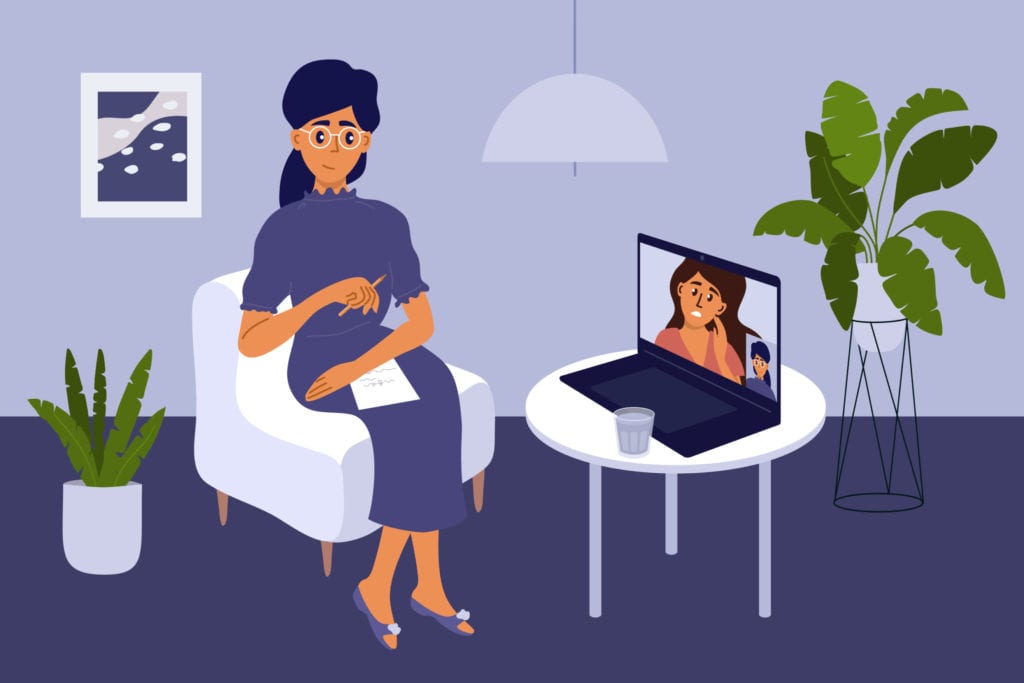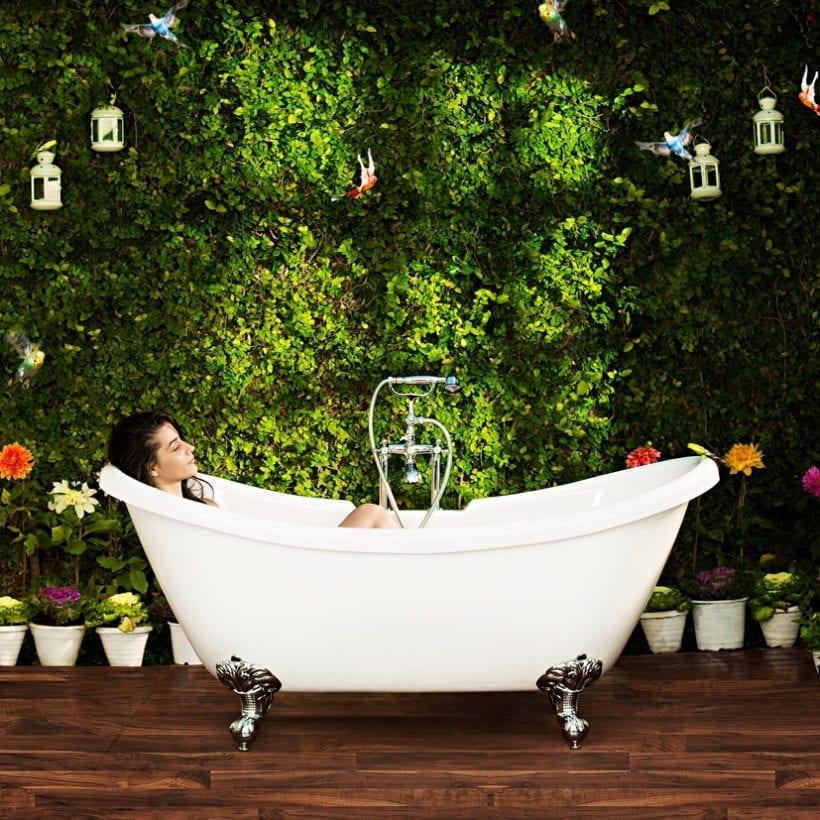While the cooler weather brings cozy nights by the fire, pumpkin spice lattes, and comfy flannel, there’s another aspect that affects 4-6% of people in the U.S. that’s not as feel-good — and that’s Seasonal Affective Disorder (aptly abbreviated as SAD).
The ongoing coronavirus pandemic may characteristically complicate matters further for those who typically experience SAD. Social distancing measures combined with fear of the virus may intensify symptoms. “A person’s episode of Seasonal Affective Disorder might be worse for this time period because you cannot be outside as long or as freely as you are used to,” says Yvonne Thomas, Ph.D., an LA-based psychologist. “People are already feeling sensitive and fragile more so than normal.”
Those who experience SAD may see symptoms in the form of depressive thoughts, decreased energy, increased agitation, a change in appetite, or distorted sleeping patterns. While anticipating the onset of these symptoms may be overwhelming, the best thing to do to stave off SAD is to prepare for it. “Be preventative. We don’t want to do damage control, especially if you know you are prone to having Seasonal Affective Disorder,” says Thomas.
We wouldn’t leave you to your own devices. Here are five preventative measures to consider if you think you may experience SAD this year:
Invest in a lightbox
Light therapy is one of the most common methods suggested for easing the symptoms of SAD. Light therapy is usually done with a light therapy box that shines a light 10,000 lux of brightness. Thomas recommends light therapy to her patients that experience SAD and notes it works well for many people. “It simulates what that natural outdoor light would be like, which then causes some change in brain chemicals that are associated with one’s mood,” says Thomas.
For light therapy to be effective, you should sit in front of the lightbox for 30 minutes to an hour each day. You can start light therapy now, before you feel any symptoms, as a preventative measure.
Do a “light check” in your house
Many people are still spending the majority of their time at home due to continuing lockdown, which means you need to outfit your home to work for you. If you are working from home, make sure you receive as much natural light in your workspace as possible. If your window situation isn’t ideal, invest in a few more lights for your home office, or consider a mirror with proper placement to bounce natural light off of.
Even if you have returned to in-person work, checking the amount of light in your home is an important step. Consider where you spend the most time in the morning and when you return from work and check out the light in those rooms. If they are somewhat dark, consider investing in a new lamp, or even overhead lighting.
Another way to help your future self is by creating some wiggle room in your budget for extra utility costs if you plan to use this method.

Create an exercise plan
While exercise is most praised for keeping us physically healthy, its role in mental health can’t be overstated. While gyms have reopened in most states, limited capacity and mask mandates may keep you away this year. If you have been staying active by exercising in your neighborhood, you may have to make a new plan as temperatures drop. Bringing your workout inside is easier if you have the right space and equipment. Think about what you need to add to your home gym for you to get the best workout while it’s cold outside.
Make a fall and winter bucket list
One way to stay positive as the temperatures drop is by creating a list of what you love to do during each season. “Do the things you love to do that are allowed during the pandemic and remind yourself of that ahead of time,” says Thomas.
Whether it’s a bucket list, inspiration board, or even a simple Google Doc, collaborate with people you love to plan things that are safe to do during the pandemic. In addition to sticking with your fall and winter traditions, Thomas suggests finding new activities you previously didn’t have time to do. Finding activities you enjoy now, like cooking or dancing, can give you a new sense of purpose during the dark winter months.

Speak to your doctor before you start to feel symptoms
If you have experienced even mild symptoms of SAD in previous years, you should speak to your doctor as soon as possible. With the rise of telehealth, getting personalized help might be as easy as scheduling a Zoom call.
If you believe the use of antidepressant medication is right for you, many medical doctors will recommend that you begin taking it before SAD takes hold in order to front the symptoms.
If you have never experienced SAD before, but believe you are experiencing symptoms or may start to feel the onset of them, Thomas recommends speaking to your medical doctor or considering the use of psychotherapy in your fight against SAD.
We only recommend products we have independently researched, tested, and loved. If you purchase a product found through our links, Sunday Edit may earn an affiliate commission.







